|
The Blue Jay, one of the most easily identifiable song birds, living from the east coast to Nebraska and south. As a regular at backyard feeders, look for a flashy blue crest and a loud call, it's hard to mistake this bird for any other.
While these birds are quite common, there is still so much we don't know about them. Such as their migratory patterns, thousands of Blue Jays migrate in flocks along the Great Lakes & Atlantic coasts, yet some remain present throughout winter in all parts of their range. Some jays migrate south one year, stay north the next winter, then south again, where as others won't. No one has figured out why this happens. Jays will also use their abilities as mimics to make the call of a hawk that will send the other birds at a feeder flying allowing the jay to feed in peace (for a few minutes). When calm, blue jays will lower their crests, especially when with family, flock members, or tending to nestlings. When we see Blue Jays, we see them as blue, however the actual pigment in the jay's feathers is melanin which is brown. We perceive the blue color due to the scattering light through modified cells on the surface of the feather barbs! Blue Jays make use of the black bridle across the face, nape, and throat to identify each other as this tends to vary extensively from bird to bird. These birds have been credited to re-populating oak trees across the country after the last glacial period as acorns are a top food source for this bird. In Native American myths, the blue jay is said to have had a beautiful voice, so beautiful it became overly proud of it. To punish the bird, the gods changed the song to the harsh croak that we know today. The jay's strong family bond reminds us to take a look at our own family/community situation, are you paying enough attention , do you need to work on closer relationships? The familiar talkativeness of the blue jay, combined with its blue feathers (the color associated with the throat chakra) may be urging you to take a closer look at your own communication skills. Are you speaking your truth or just making noise with no real purpose? Follow higher ideals and nourish your spirituality.
0 Comments
The American Crow, one of the smartest, most adaptable birds, has learned to make man's world his own.
They can be found everywhere from corn fields, open beaches, to town centers and forests. Their diet consists of earthworms, insects, small animals, seeds, and fruit. They have also been known to eat garbage, carrion, and chicks they rob from nests. In flight they have a unique style of consistent, even flapping, very rarely gliding (this can help to differentiate between crows and turkey vultures). Although a crow family maintains their territory (all living and foraging together), during much of the year individual crows will spend part of the day with their family and the other part out with large flocks of other crows at dumps and agricultural fields. They have been known to make and use tools - using a cup to gather water and carry it over to a bowl of dry mash - shaping a piece of wood then sticking it into a hole in a fence post to search for food. Crafty as foragers they'll work with (or against) other animals to get what they want - distracting an otter to steal its fish - following Mergansers to catch minnows the ducks were chasing into the shallows. The crow in folklore. The crow knows it's the smartest of birds and embraces this knowledge to the fullest. It is said it is so smart it has chose to stay a crow rather than move on to some other area of evolution. Being able to outsmart most birds, animals, and even humans, it is the master of its world. Black is the color of creation, night gives birth to a new day, the crow reminds us that magic and creation are potentials very much alive during the day. Wherever crows are there is magic, symbols of creation and spiritual strength reminding us to look for opportunities to create and manifest the magic of life. They are messengers calling to us about the creation and magic that is alive within our world everyday and is always available. Gathering in large flocks in wetlands, these giants of the sky are easily identified by the rattling dinosaur-like calls that can be heard over 2.5 miles away! (Listen HERE)
In recent years they have become regulars to our area being regularly spotted out at Funk Bottoms Wilderness Area and the Killbuck Marsh (not to be mistaken for the Great Blue Herons and the Great Egrets that also regular the area). This particular flock was spotted just on the outskirts of the Killbuck Marsh a few days ago. With a spotting scope you can observe their nesting grounds off of Force Rd. While their numbers have been increasing regularly, there is still a concern of the rapid draining and development of important wetlands where they nest and congregate. Cranes can be found on every continent except Antartica. There is much lore surrounding the crane- Throughout Asia it is symbolic of happiness and eternal youth. In Japan it is a mystical creature symbolizing good fortune and longevity. In China, as a symbol of immortality, a mortal who attains immortality is carried off by a crane or sometimes has magical abilities to transform into a crane in order to fly on various journeys or adventures. An ancient Japanese legend promises that anyone who folds a thousand origami cranes will be granted a with by a crane. Having a crane as your totem welcomes longevity and creation through focus. As a bird of the waters, it can teach you to express your own feminine energies. The Eastern Bluebird - in the early 20th century, these little brightly colored birds were put in jeopardy due to the introduction of the House Sparrow and European Starling to North America. As the sparrows and starlings took over the nesting cavities in trees that the bluebirds depended upon, the bluebird population dropped significantly and after a few bad winters these birds were almost wiped out of Ohio all together. Then in the 1960s & 1970s, conservation groups established bluebird trails and nest box campaigns which have significantly impacted the number of bluebirds in the area. Thanks to these efforts, we can now enjoy bluebirds once again.
These birds can be found in open country near trees, preferring little understory and sparse ground cover. The photo above was taken at the bog, but they are also regulars at Barnes Preserve. They are generally not in-town backyard feeder birds (unless you feed mealworms), as their main diet consists of insects in the spring and summer, and berries in the winter. Although they had been a harbinger of spring, these birds can now be found year round in parts of Ohio, though many still migrate to the south in winter. Folklore of the bluebird The bluebird brings a reminder to enjoy yourself, to not let yourself get wrapped up in everyday life and let the little pleasures pass you by. To be modest, but embrace confidence and happiness. The White-breasted Nuthatch is the largest of all the North American nuthatches. These birds can often be found at feeders where large seeds and nuts (sunflowers and peanuts) are provided otherwise they can be found in mature woods and at woodland edges where nut trees are found.
Their name comes from their habit of wedging large nuts and acorns into tree bark, then using their sharp bill to split (hatch) the seed from the inside. Often you will find them accompanying flocks of titmice and chickadees at feeders, generally grabbing one seed at a time. If you watch closely as they creep along tree trunks and main branches, you can see them hide seeds for later. Up to this point I've focused on small fluttery birds, but the various raptors are also quite active in the winter too!
This young Cooper's hawk is a regular at our house, flying between buildings and trees with stealth and precision. At times our feeder will be filled with birds then emptied in an instant and I know the Coop has landed in the tree. Found year-round in the US, Cooper's hawks are primarily woodland and forest birds who have started moving to the suburbs and cities with lots of trees. While birds are their main source of food, they prefer medium sized birds (rock pigeons, mourning doves) to the smaller birds found at feeders. If you find a Cooper's hawk is regularly visiting your feeders (and you keep noticing piles of feathers) you can remove the feeders from your yard for a few days and the hawk will move on. The oldest recorded Cooper's hawk was banded in 1986 in California and was found over 20 years later in Washington! If you catch a glimpse of this little bird, it is a real treat! These tiny round birds are easily identified by their constant movement and the tiny squeaks coming from high in the treetops.
The Golden-crowned kinglet is a native bird to the cold northern forests of Canada, nesting in tiny cup nests attached securely to coniferous trees, but in the winter they can be found all across the US! The first image is from last year at Barne's Preserve, a flock of golden-crowned kinglets could be found in late winter high up in the treetops just beyond the parking area. The two other images are from just a few weeks ago at Brown's Lake Bog, when out hiking I paused to take in the silence and above me I heard the familiar squeak of the GCK, I looked up and saw 3 or 4 hopping from branch to branch having a great time in the setting sun! While it's hard to catch a glimpse of the golden-crown for which they're named, just by observing the behaviors - constant movement, size - quite small, and their sounds, you can be pretty sure you've found a GCK! |
AboutSince 2015 we have been exploring and sharing all the amazing things we’ve found in nature. AuthorEmily is an Ohio Certified Volunteer Naturalist who is most often found out in the woods. Archives
June 2024
Categories
All
|




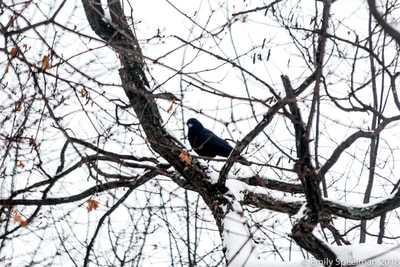

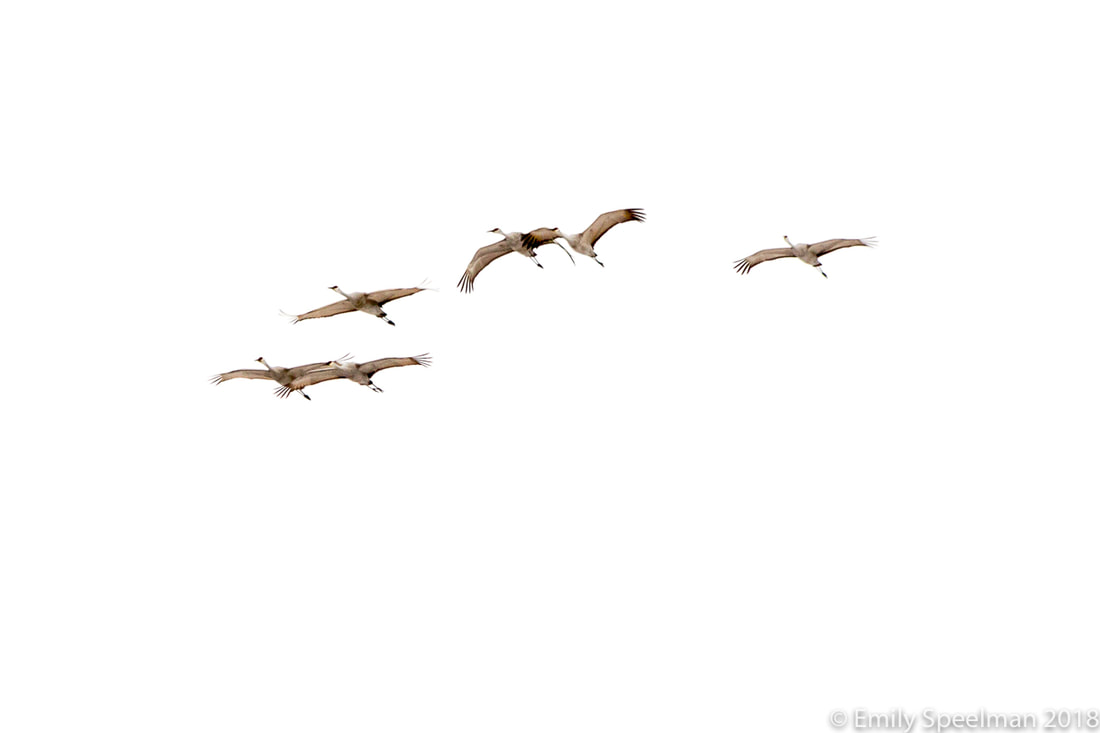


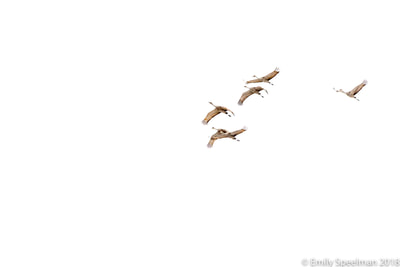


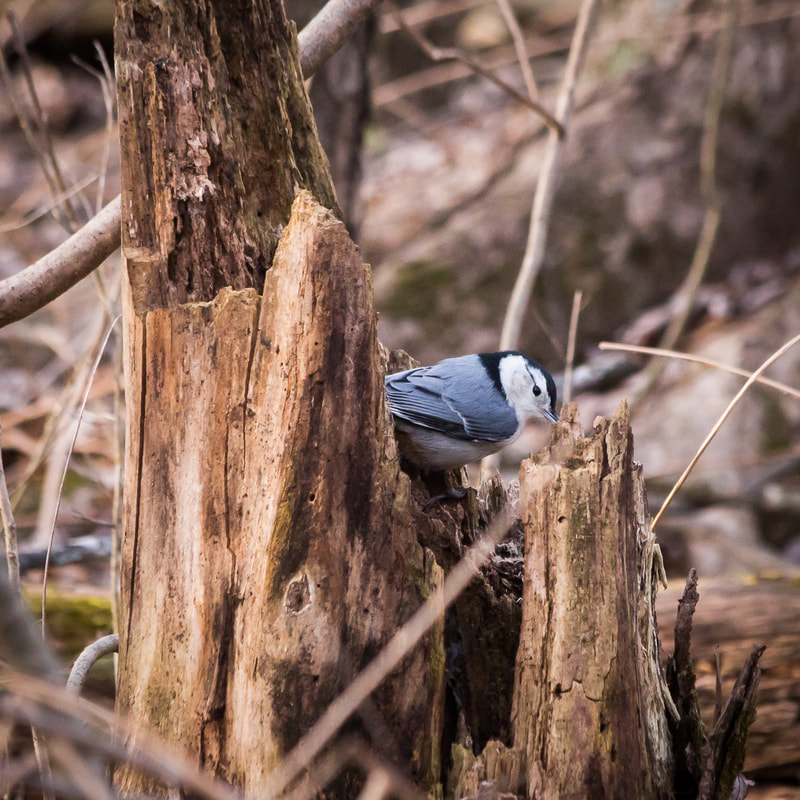
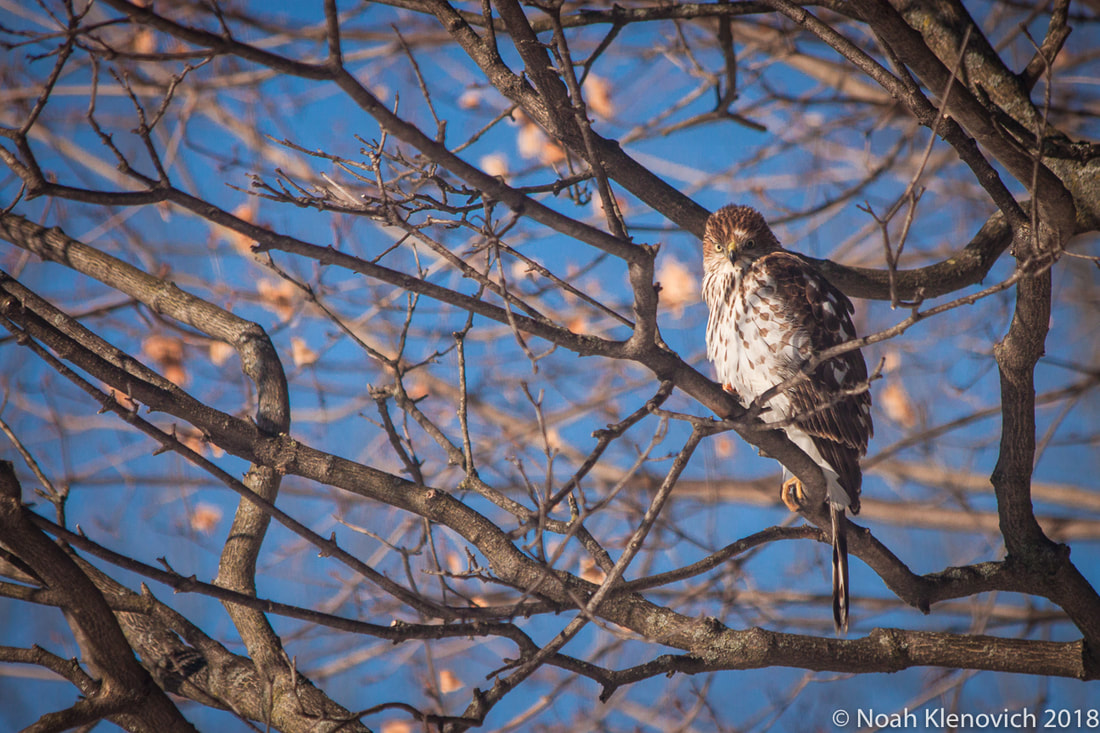




 RSS Feed
RSS Feed